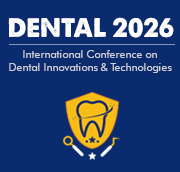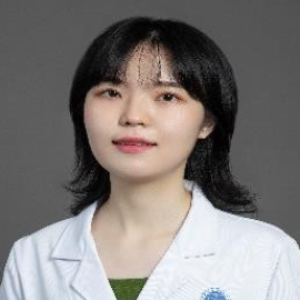Title : An exploration of SARS-COV-2 susceptibility in oral epithelial cells
Abstract:
Background Since the end of 2019, the burst of SARS-COV-2 has brought great negative influence to the whole world. It is reported that SARS-COV-2, like the SARS virus, invades cells by using S protein to bind to angiotensin- converting enzyme II (ACE2) receptors on the surface of human cells. A recent article has pointed out that transmembrane protease serine 2 (TMPRSS2) which treats the S protein from the new coronavirus is the key protease that helps SARS-COV -2 enter the target cell. As one of the largest microbial reservoirs in human body, oral microecosystem is closely related to the development of various oral and systemic diseases. In our previous study, we have demonstrated that SARS-COV-2 could be detected in saliva by collecting saliva from COVID-19 patients. Moreover, the questionnaire survey carried out on COVID-19 patients showed that dry mouth and amblygeustia could be considered as initial symptoms of COVID-19 infection. At present, a large number of studies have focused on exploring the connection between oral epithelial cells and SARS-COV-2 to evaluate the development of COVID-19 through microbial technology of oral saliva. However, less study have focused on figuring out the susceptibility of COVID-19 in oral epithelial cells by analyzing the expression of ACE2 and TMPRSS2, which are two COVID-19 infection related human proteins.
Methods Based on the current studies, to further explore the COVID-19 susceptibility in oral epithelial cells and its mechanisms, transcriptomic sequencing data of several datasets from TCGA and GEO were analyzed to figure out the relationship between expression of ACE2, TMPRSS2 and clinical features of patients. Through collecting oral epithelial tissues from patients with different ages and genders, PCR, WB, IF and IHC staining were finished subsequently to explore the relationship between the expression levels and the age as well as the gender of the patients, thus providing evidence for possible routes of entry for SARS-COV-2 and the influencing factors of SARS- COV-2 susceptibility in oral epithelial cells.
Findings By the analysis of several transcriptomic sequencing data from several oral epithelial tissues sequencing datasets, expression levels of ACE2 and TMPRSS2 are higher in oral epithelial cells from males at higher age. By analyzing the results of PCR, WB and IHC staining, the results show that ACE2 and TMPRSS2 are indeed expressed in human oral mucosal tissues, and their expression levels will increase with the growth of age. Meanwhile, the expression of TMPRSS2 in male oral mucosal tissues is higher than that in female with similar age.
Interpretation Our findings comprehensively confirm the existence of ACE2 and TMPRSS2 in oral mucosal tissues from multiple levels and clarify the relationship between expression levels of ACE2 and TMPRSS2 and patients’ age as well as gender for the first time. The oral mucosa might be at potential risk of infection by SARS-COV-2, especially in male or elderly patients. COVID-19 patients, especially elderly male patients may have relatively serious oral damage, so doctors should pay more attention to oral health care in treatment, which bring a new insight into future explorations of the COVID-19 susceptibility in oral epithelial cells and its mechanisms.



